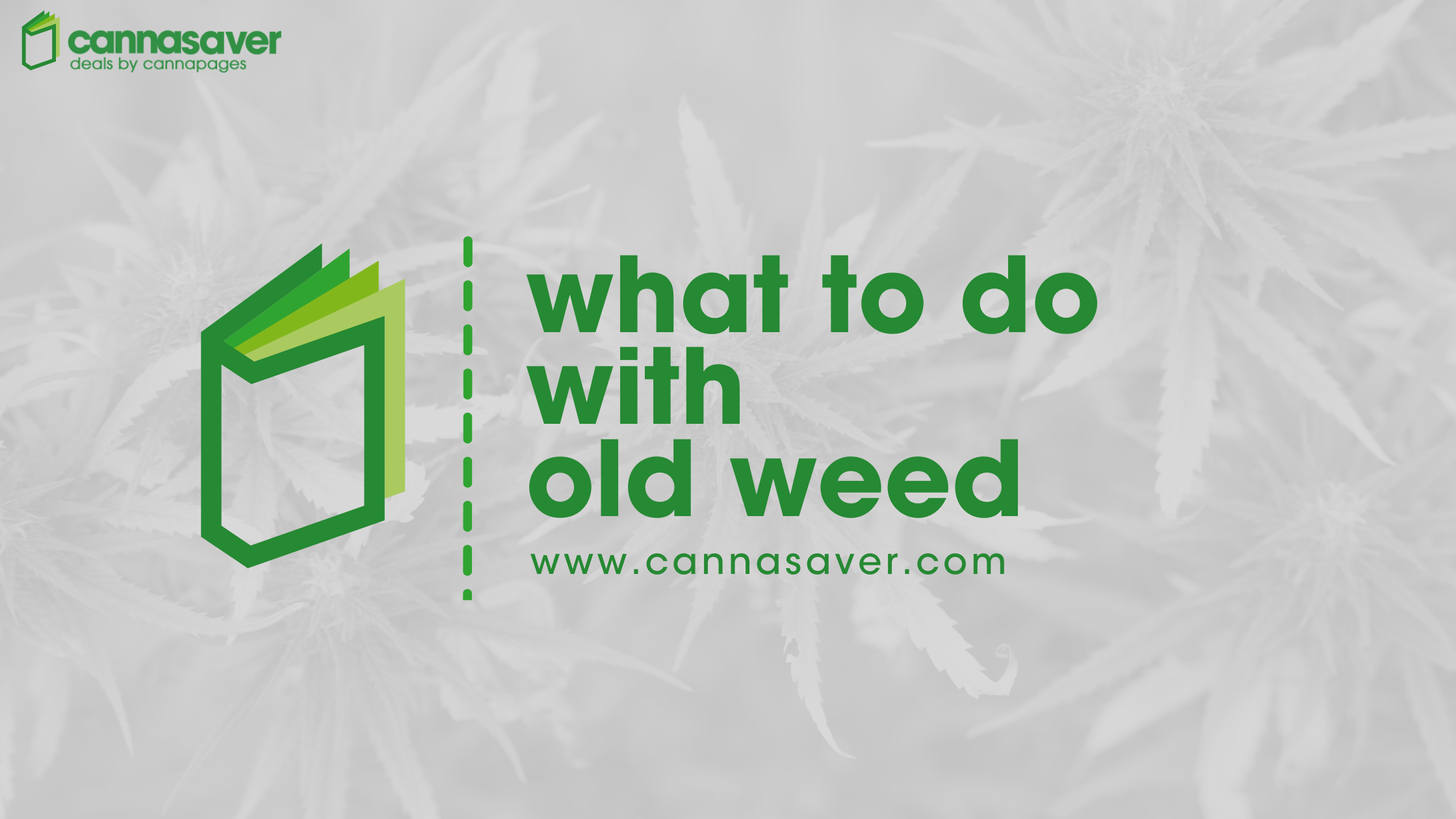
For cannabis enthusiasts, it's not uncommon to find yourself with some leftover weed sitting around for a while. Whether it's because you accidentally purchased too much or you simply haven't gotten around to consuming it, you may be wondering what to do with old weed.
In this article, we will explore various options for dealing with dry or aging cannabis and answer common questions about its potency and shelf life.
So, if you're an experienced cannabis consumer in a legal US state, looking to make the most of your cannabis intake, keep reading to discover some valuable tips and recommendations.
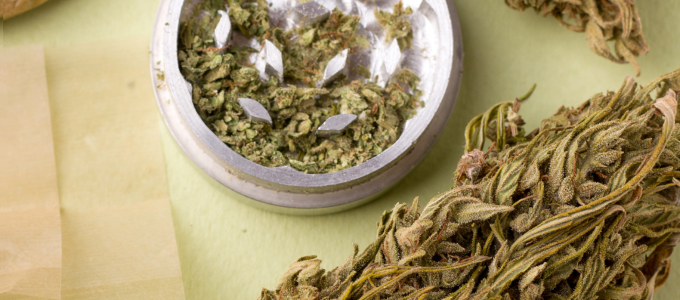
One of the first questions that may come to mind is whether or not old weed can still be used.
The good news is that, in most cases, cannabis doesn't have an expiration date like food products (and edibles).
However, its quality may deteriorate over time, affecting its potency and flavor. The most important factor in determining whether old weed can still be used is how it has been stored.
To ensure your weed stays fresh for as long as possible, it's crucial to store it correctly. Cannabis should be kept in a cool, dark, and dry place. Heat, light, and moisture exposure can accelerate the degradation process and lead to the loss of cannabinoids and terpenes. Consider investing in airtight containers made of glass or metal, as they provide the best protection against environmental factors.
Go through our tips on how to make your weed last longer.
If you find yourself with dry weed, there are a few options to consider before discarding it. First, you can try rehydrating it using a method called "curing."
Alternatively, if rehydrating doesn't yield satisfactory results, you can still use dry weed for making edibles or cannabis-infused products. When it comes to making edibles with cannabis, decarboxylation is a crucial step that cannot be overlooked.
Decarboxylation is the process of heating cannabis at a specific temperature to activate its cannabinoids, primarily THC and CBD, and convert their acidic forms (THCA and CBDA) into their active counterparts.
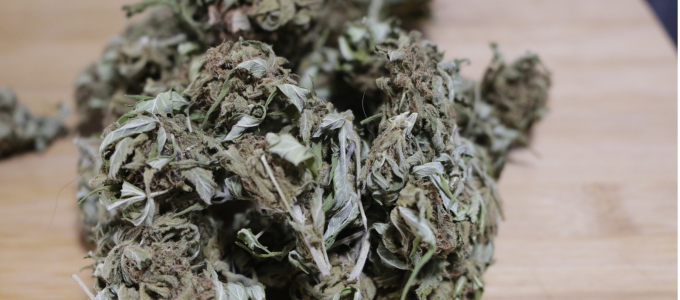
Raw cannabis contains a significant amount of THCA (tetrahydrocannabinolic acid) instead of THC, which is the psychoactive compound responsible for the "high" associated with cannabis consumption.
THCA is non-intoxicating and needs to be converted into THC through decarboxylation to experience the desired effects when consuming edibles.
The decarboxylation process allows the cannabinoids to be readily absorbed by the body, enhancing their bioavailability. Without decarboxylation, the cannabinoids in raw cannabis would not have the same potency or effects when used in edibles.
Check out our latest deals on joints, edibles, cartridges, and more!
Decarboxylation can be done at home with some basic equipment. Here's a step-by-step guide to help you through the process:
Now that you have successfully decarboxylated your cannabis, you can use it in various edible creations. The decarbed cannabis can be incorporated into oils, butters, or other fatty substances that serve as a base for your edibles. The infusion process typically involves simmering the decarboxylated cannabis in the chosen fat for an extended period, allowing the cannabinoids to bind with the lipids.
It's important to note that decarboxylation does not mean the cannabis is immediately ready for consumption. When using the infused oil or butter in recipes, be mindful of the desired dosage and portion accordingly. It's also recommended to start with a lower dose, especially if you're new to edibles, as the effects can be more potent and longer-lasting compared to smoking or vaping.
One of the exciting aspects of making edibles with decarboxylated cannabis is the ability to experiment with different strains and their unique cannabinoid profiles. Each strain offers distinct flavors, aromas, and effects, which can significantly influence the overall experience of your edibles. Whether you prefer a strain that provides a calming effect for relaxation or one that offers an energizing buzz, the choice is yours.
Decarboxylation is a vital step in the process of making cannabis-infused edibles. By heating cannabis at the right temperature, you can convert THCA into THC, unlocking its full potential for delivering the desired effects when consumed.
Whether you're baking brownies, crafting homemade gummies, or infusing oils for savory dishes, decarboxylating your cannabis ensures that your edibles offer the potency and experience you're seeking. So, next time you embark on a culinary cannabis adventure, remember the power of decarboxylation to elevate your edibles to new heights.
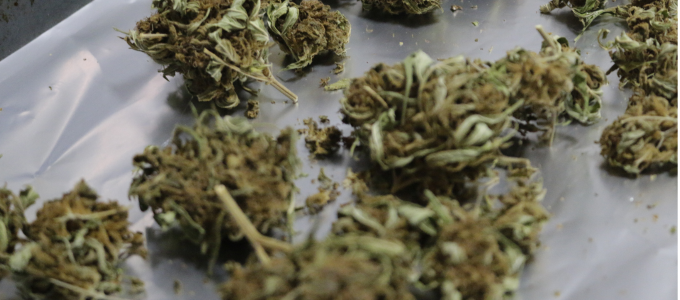
While dried weed may not provide the same fresh and pungent experience as its newly harvested counterpart, it doesn't necessarily lose its potency. However, over time, cannabinoids such as THC can degrade into less psychoactive compounds, such as CBN. This conversion can result in a more sedating effect rather than the uplifting and energetic high associated with fresh cannabis. If you prefer a more mellow experience, aged weed can still be enjoyed.
It's important to note that the potency of your dried weed will also depend on the strain's initial cannabinoid profile, as some strains naturally contain higher levels of THC or other cannabinoids. Therefore, if you're looking for a specific level of potency, it's advisable to choose fresh cannabis that suits your desired effects.
As cannabis ages, it can gradually lose its aromatic qualities. The terpenes responsible for the distinct smells and flavors of different strains can degrade over time, resulting in a less fragrant experience. However, this doesn't necessarily indicate a loss of potency. Even if the aroma has diminished, the cannabinoids within the weed can still provide the desired effects when consumed.
If you find yourself with unwanted weed that you no longer wish to consume, there are still several options available to you. One option is to give it away to a friend or fellow cannabis enthusiast who might appreciate it. Sharing is caring, and you can spread the joy of cannabis by passing along your unwanted supply.
Another option is to repurpose the unwanted weed for non-consumable purposes. Dry cannabis can be used in various DIY projects, such as making scented candles, herbal sachets, or potpourri. These creations can serve as decorative elements or provide pleasant aromas in your living space.
Finally, if you're looking to get rid of your unwanted weed discreetly, consider safely disposing of it by following the regulations and guidelines set by local authorities.
As a cannabis enjoyer, you're likely always on the lookout for great deals on high-quality cannabis products. When it comes to finding the best offers, Cannasaver is your go-to site. Browse our featured dispensaries and sign up for our mailing list for the latest deals and discounts.
Either medical or recreational, get your cannabis coupons for:
and more!
While cannabis has no expiration date, proper storage is crucial to maintain its quality over time. Whether you have dry weed or unwanted supply, there are various options available, from rehydration and repurposing to responsible disposal.
While aged weed may not provide the same potency and aroma as fresh cannabis, it can still be enjoyed and utilized in different ways.
When it comes to finding deals and coupons, Cannasaver can help you save money on high quality cannabis products from numerous licensed dispensaries across the US.

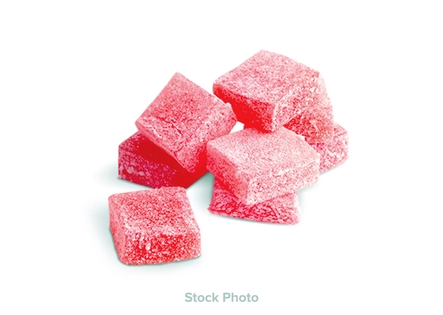
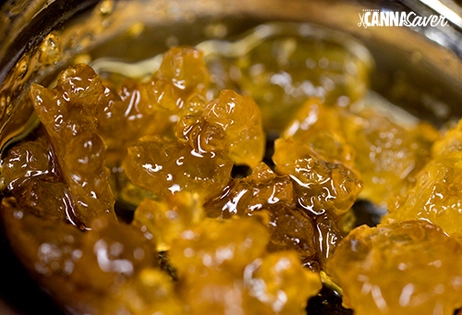
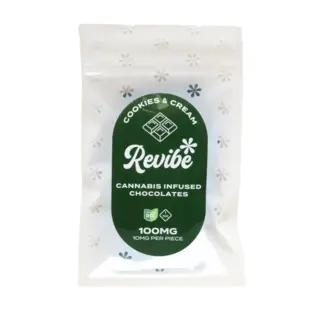
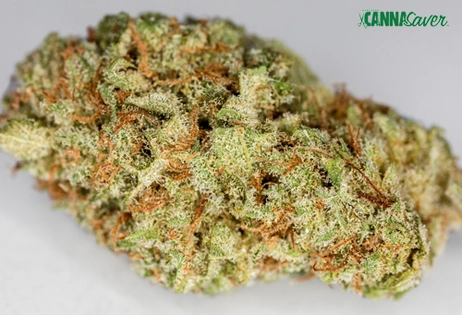
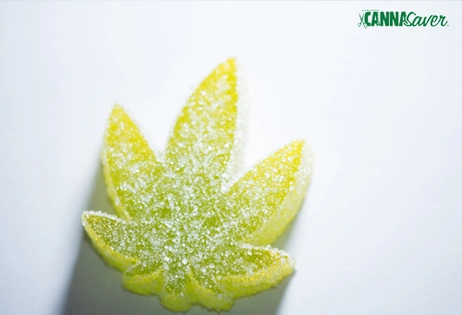




![(5.66g) Black Sheep | Zweet King's Kush | Small Bud Flower | Indica | [5.66g] (5.66g) Black Sheep | Zweet King's Kush | Small Bud Flower | Indica | [5.66g]](/rails/active_storage/representations/proxy/eyJfcmFpbHMiOnsiZGF0YSI6MTA3ODM0LCJwdXIiOiJibG9iX2lkIn19--03de2c978d0b6e9a26833d74f0950d7648418278/eyJfcmFpbHMiOnsiZGF0YSI6eyJmb3JtYXQiOiJqcGciLCJyZXNpemUiOiI0NjIgeCAzMTUiLCJjb252ZXJ0Ijoid2VicCJ9LCJwdXIiOiJ2YXJpYXRpb24ifX0=--4c2b017c858149e948c71bab98eeffb13053e24c/flower-stock-14-v1.jpg)